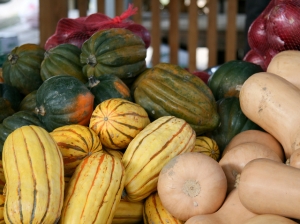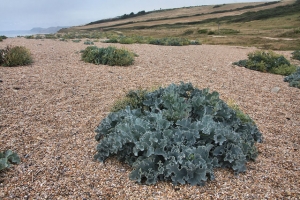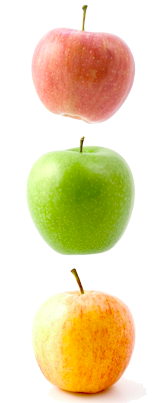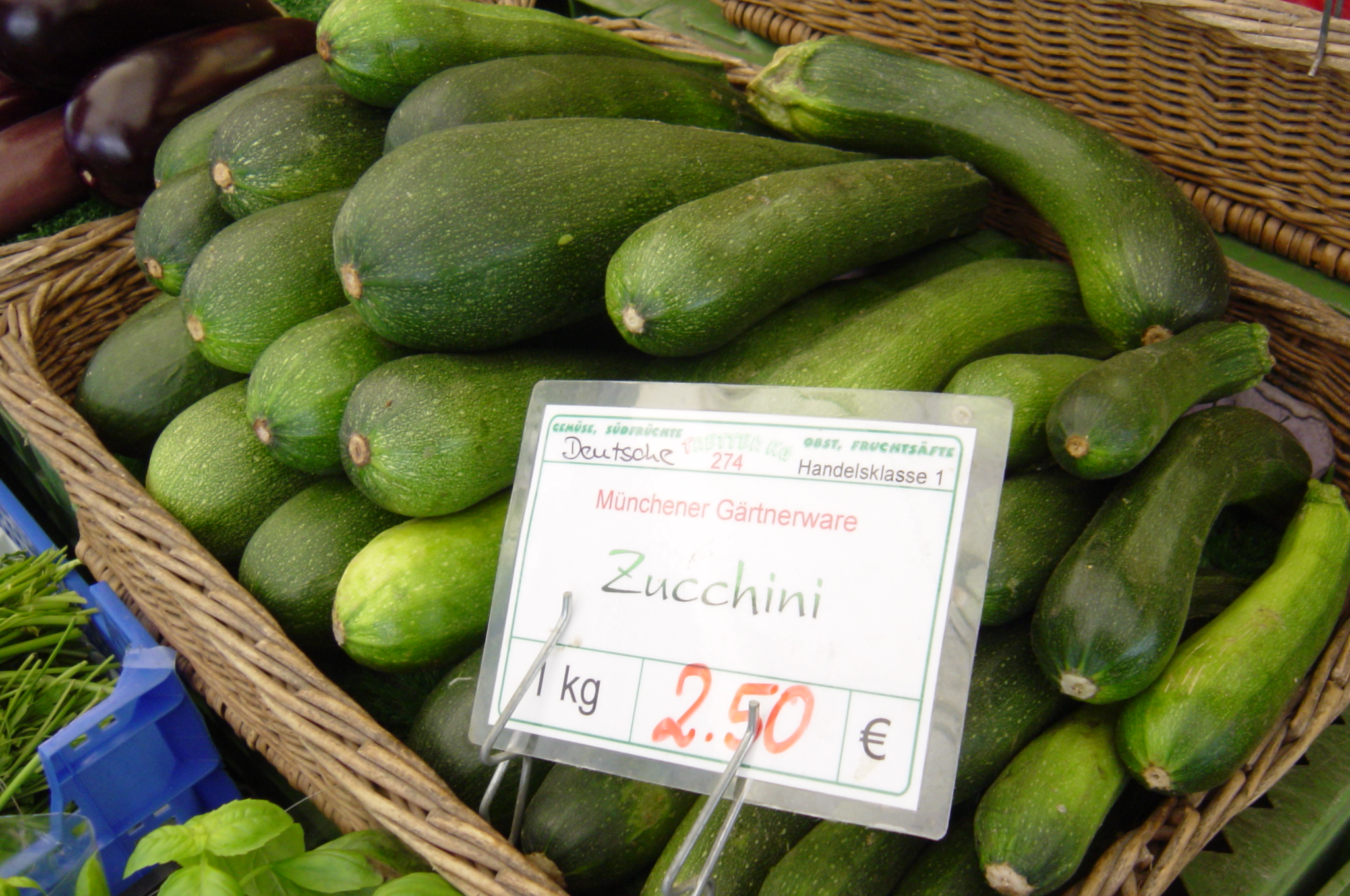A bit of background: I work on a produce farm in the warmer months of the year and as a result have more experience than most kids my age on this topic. Additionally, I am a vegetarian so I eat more vegetables than most people anyway, since I have to make up for what I do not eat. All vegetables are not as gross as brussels sprouts. I promise.
Cucumbers. These are already eaten by most people, hence the 10th position, but I think most people underutilize this vegetable. Feel like just eating something simple and do not want to cook in 100 degree weather? Just have some salad with plenty of cucumbers and some leftover food from previous meals. Don’t feel like lettuce again? Make some chilled cucumber salad for a snack. Since they are mostly water, they have a pretty mellow taste. Cucumbers are odd in that they provide a large number of nutrients in very small amounts.
9. Potatoes. These small round root vegetables have so many uses it’s astounding. Feel like making a soup? Add some potatoes. Feel like making a cold salad for a cookout? Why not make it out of potatoes? Feel like boiling a vegetable to go with a main course? Once again, potatoes have got you covered. As anyone who lived through the Great Depression say, no matter what the meal it is always possible to incorporate potatoes. Potatoes contain vitamin C as well as vitamin B and a host of other nutrients in small amounts.
8. Green Beans. Raw with dip, boiled, canned or even fried, these can be very delicious. Their crunchy texture makes for a great snack as well as a side dish for dinners too. Despite having a mild flavor, green beens have a high amount of vitamin C and fiber as well as a medium amount of iron.
7. Avocados. This vegetable can be used in a variety of ways, including: in tacos, in salads, in guacamole, in sushi, with eggs and even in sweet drinks. Since it has such a high fat content, it can easily become the “meat” of the meal, and makes any dish it is added to much more filling. Avocados have a high amount of vitamins B2, B3, B5, B6, B9, C, E, K, fiber and potassium. This is one of the few vegetables on this list that can’t grow in Maine, so be picky when buying them as they may be old by the time they get to the shelves.
6. Winter Squash. This includes varieties like butternut, buttercup, spaghetti and blue hubbard. These squashes are only available in the fall in Maine as they take a very long time to grow, however it is worth the wait as these squashes have a great flavor and a number of easy ways to use them. Winter squash can be eaten as a side dish baked, mixed into a soup, used as a filling in pasta, and even in some ethnic food served cubed up with sauce on it as an appetizer. Winter squashes are one of the healthiest vegetables on this list, they boast a high amount of vitamins A, B1, C, B3, B5, and B6, and in addition contain a high amount of potassium, fiber, manganese, folate, omega 3 fatty acids, copper, and tryptophan. This vegetable can also be stored long after its purchase, most likely in a basement or root cellar. Feel like you wish you had more fresh vegetables in the winter? Buy squash for later in the fall!
5. Kale. Why bother with kale, you ask? Well, simply because this vegetable is really healthy. It has a high amount of beta carotene, vitamins K and C, lutein and zeaxanthin (good for the consumer’s eyes), calcium as well as various other things that suppress the growth of cancerous cells (BBC News). While preparing this vegetable to make it edible can be difficult, I recommend adding it to a soup or stir frying it with garlic and adding vinegar when served for a unique flavor.
4. Apples. Apples are a simple food that can be eaten both raw and cooked in a wide variety of recipes, and are available in bulk in the late summer and fall. There is some truth to the old addage “an apple a day keeps the doctor away” as apples contain vitamin C, fiber and antioxidants. For a healthy dessert, simply put apples into an oven to bake and enjoy the extremely sweet flavor.
3. Zucchini. This vegetable also has a wider variety of uses, it can be boiled, baked, grilled, used in tacos, shredded and canned, stir fried, ect. Zucchini can have both a firm texture like meats have as well as soft texture like eggplants have depending on how it is cooked, giving it extra utility. Zucchini contains folate, potassium, vitamin A, and manganese. I recommend that families grow this vegetable themselves in personal small gardens if they have the time because it produces a large amount of fruit per plant.
2. Blueberries. These small round blue things contain a great number of minerals and vitamins, specifically vitamins C and K, and manganese in high amounts as well as antioxidants. While their uses are somewhat limited in comparison to the other things on this list, this is balanced by the fact that they make a great snack raw. Next time you need something sugary to give you a boost, try blueberries instead of sodas or candy.
1. Corn. Corn is definitely the number one vegetable of any summer, its sweet flavor has let it become one of the most popular vegetables of all time. Unlike most vegetables, it keeps its great flavor both when boiled and frozen, and even can be used to create other foods from syrup to pasta. Corn can be incorporated into almost any type of ethnic food as well, from Mexican to Italian to Greek. Corn contains Thiamine, Niacin, Folate and Magnesium, making it also quite beneficial to the health of those who incorporate it into their diet.
apple image attributed to: http://www.public-domain-image.com
kale image: Copyright Bob Jones and licensed for reuse under Attribution-ShareAlike 2.0 Generic (CC BY-SA2.0)
winter squash image: Copyright Tim Sackton and licensed for reuse under Attribution-ShareAlike 2.0 Generic (CC BY-SA2.0)
avocado drink image: Copyright Jpatoka llicensed for reuse under Attribution-ShareAlike 2.0 Generic (CC BY-SA2.0)
cucumber image: Photo used under Creative Commons from karenandbrademerson













